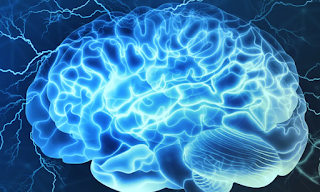Tantum Hunter
The Washington Post
Originally posted 29 AUG 22
Here are two excerpts:
In real life, mental health information and care are sparse. In the United States, 1 in 3 counties do not have a single licensed psychologist, according to the American Psychological Association, and Americans say cost is a top barrier to seeking mental health help. On the internet, however, mental health tips are everywhere: TikTok videos with #mentalhealth in the caption have earned more than 43.9 billion views, according to the analytics company Sprout Social, and mentions of mental health on social media are increasing year by year.
The growing popularity of the subject means that creators of mental health content are filling a health-care gap. But social media apps are not designed to prioritize accurate, helpful information, critics say, just whatever content draws the biggest reaction. Young people could see their deepest struggles become fodder for advertisers and self-promoters. With no road map even for licensed professionals, mental health creators are defining their own ethics.
“I don’t want to give anyone the wrong advice,” Moloney says. “I’ve met some [followers] who’ve just started crying and saying ‘thank you’ and stuff like that. Even though it seems small, to someone else, it can have a really big impact.”
As rates of depression and anxiety spiked during the pandemic and options for accessible care dwindled, creators shared an array of content including first-person accounts of life with mental illness and videos listing symptoms of bipolar disorder. In many cases, their follower counts ballooned.
(cut)
Ideally, social media apps should be one item in a collection of mental health resources, said Jodi Miller, a researcher at Johns Hopkins University School of Education who studies the relationships among young people, technology and stress.
“Young people need evidence-based sources of information outside the internet, from parents and schools,” Miller said.
Often, those resources are unavailable. So it’s up to consumers to decide what mental health advice they put stock in, Fisher-Quann said. For her, condescending health-care providers and the warped incentives of social media platforms haven’t made that easy. But she thinks she can get better — and that her followers can, too.
“It all has to come from a place of self-awareness and desire to get better. Communities can be extremely helpful for that, but they can also be extremely harmful for that,” she said.







